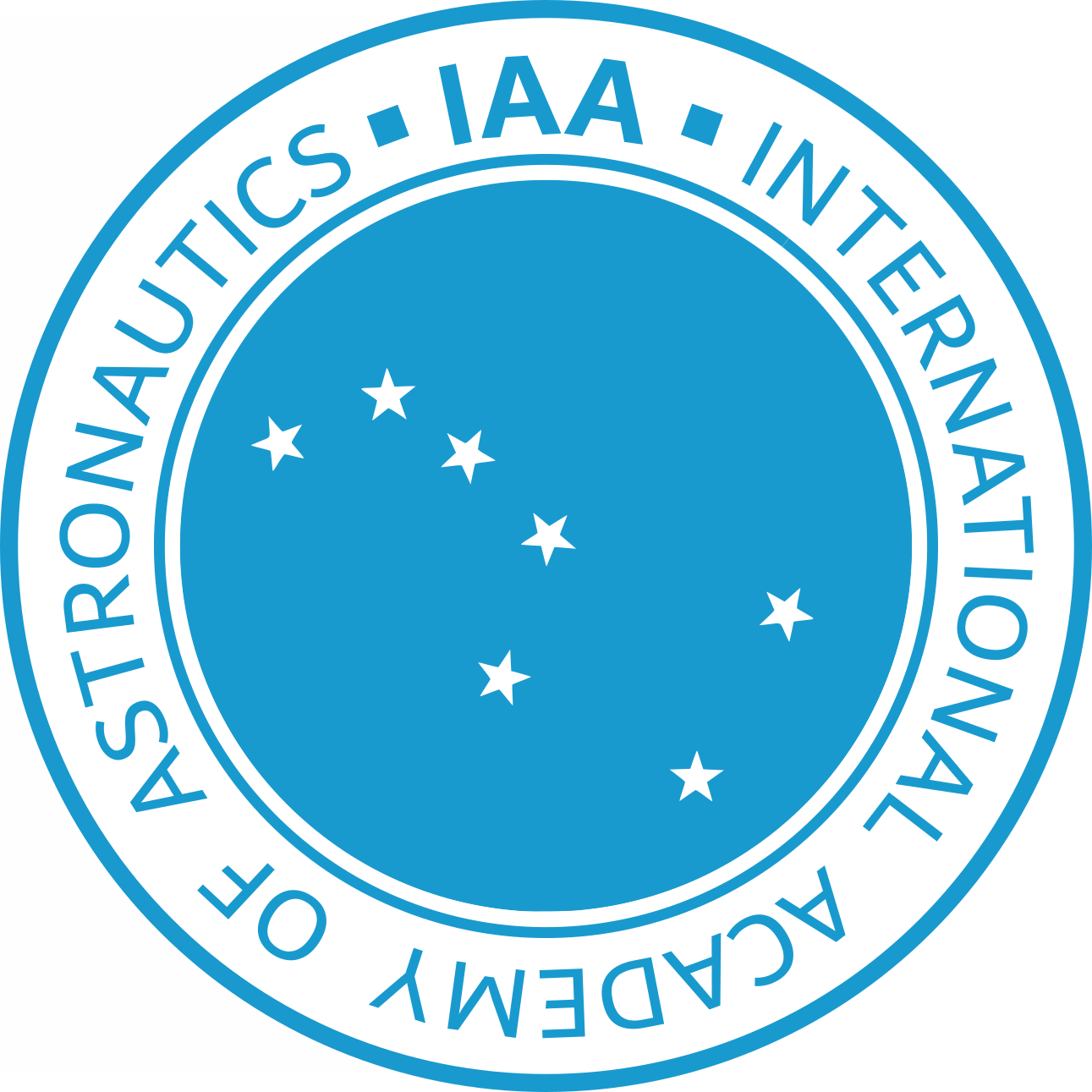The International Academy of Astronautics (IAA) was founded in Stockholm on August 16, 1960. The Academy’s beginning was led by Dr. Theodore von Karman, one of the most important figures in the evolution of rocketry, and the IAA’s first president.
The IAA is an independent non-governmental organization recognized by the United Nations in 1996. IAA members are from all over the world, i.e., approximately from 83 countries.
Since 1960, the IAA has brought together the world’s foremost experts in the disciplines of astronautics on a regular basis:
- to recognize the accomplishments of their peers,
- to explore and discuss cutting-edge issues in space research and technology, and
- to provide direction and guidance in the non-military uses of space and the ongoing exploration of the solar system.
The IAA is involved in numerous scientific activities. For example, the Academy:
- Encourages international scientific cooperation through conferences, symposia and meetings in the area of: space sciences, space life sciences, space technology & system development, space systems operations & utilization, space policy, law & economy, space & society, culture & education;
- Conducts 30+ conferences per year;
- Publishes cosmic studies dealing with a wide variety of topics including space exploration, space debris, small satellites, space traffic management, natural disaster, climate change, etc.;
- Publishes the journal of the International Academy of Astronautics ACTA ASTRONAUTICA ranked #1 in the world in Astronautics;
- Publishes dictionaries in 24 languages (last languages Afrikaner and Swahili); and
- Publishes book series on small satellite, conference proceedings, remote sensing and history.
Recent developments, e.g., the easing of East-West tensions, the progressive integration of European economies, and emergence of the Asian economic revolution, have enhanced the political prospects for international cooperation in space. Cost, scope, complexity and other pragmatic considerations associated with space exploration dictate cooperation among nations; and it is probable that such 21st century initiatives as a manned lunar base and the first manned mission to Mars will be international ventures.
